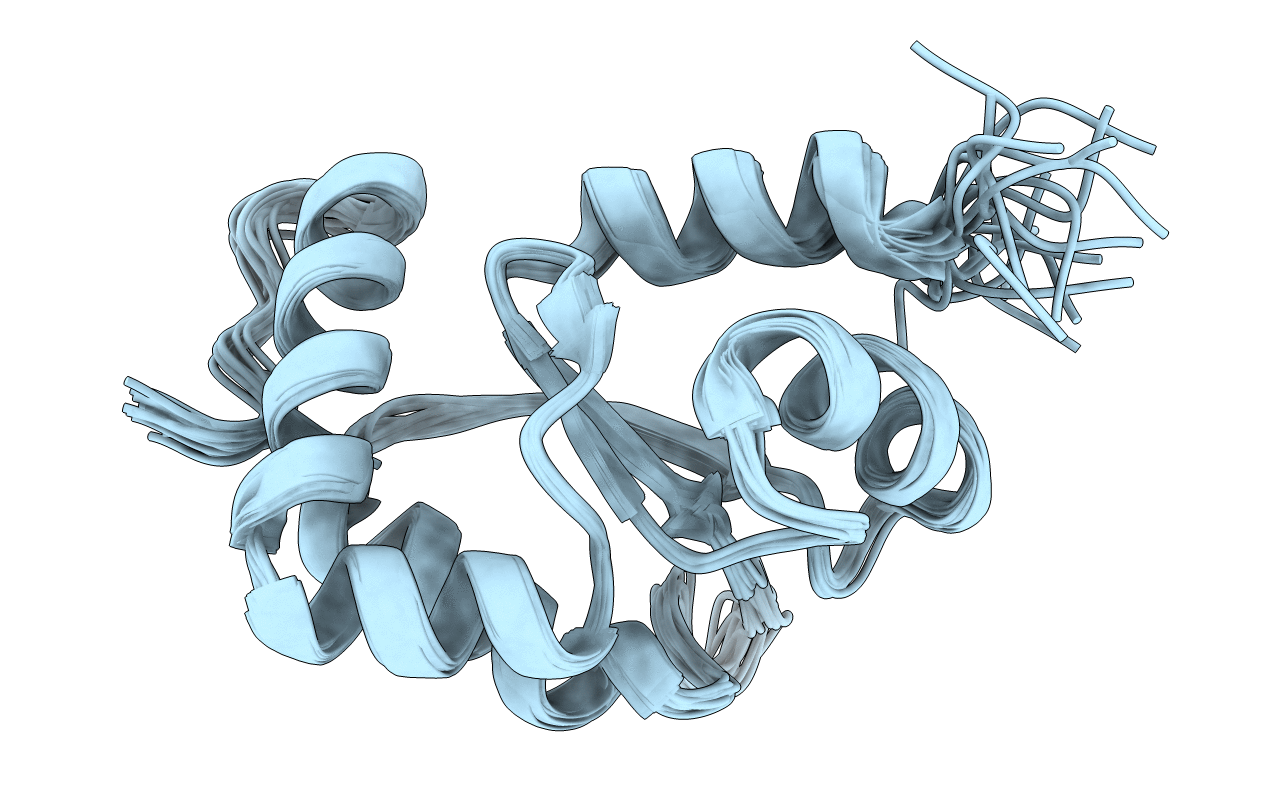
Deposition Date
2005-01-17
Release Date
2005-04-26
Last Version Date
2024-05-29
Entry Detail
PDB ID:
1YKA
Keywords:
Title:
Solution structure of Grx4, a monothiol glutaredoxin from E. coli.
Biological Source:
Source Organism:
Escherichia coli (Taxon ID: 562)
Host Organism:
Method Details:
Experimental Method:
Conformers Calculated:
100
Conformers Submitted:
20
Selection Criteria:
structures with the lowest energy


